Most regular installs of the SDK/etc make a /.android folder in your USER folder (for Windows, atleast).
In this folder you will find a avd folder. this holds all of the AVDs you have.
Generating a new AVD in Android Studio put an avd profile in the same folder as generating one from the base SDK/Eclipse did for me ($USER/.android/avd), which makes sense due the AVD being sort of a separate entity (although Android Studio comes with its own SDK).
I hope this information helps you with your configuration.
EDIT: I did some digging through the Android Studio source and found this..
* Returns the value for property lastSdkPath as stored in the properties file
* at $HOME/.android/ddms.cfg, or null if the file or property doesn't exist.
*
* This is only useful in a scenario where existing users of ADT/Eclipse get Diamond,
* but without the bundle. This method duplicates some functionality of
* {@link com.android.prefs.AndroidLocation} since we don't want any file system
* writes to happen during this process.
*/
My guess is that since I had eclipse already installed with the Android SDK, it used my files I already setup.
In your case, you probably didn't have this happen (even though it should, since you used eclipse). I'm going to continue looking for the source for some sort of "default" sdk/avd install to see if I can directly help you, but you basically need to search for a .avd folder somewhere on your harddrive.
